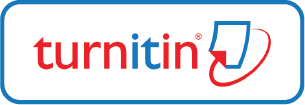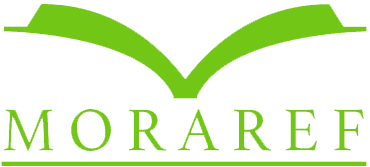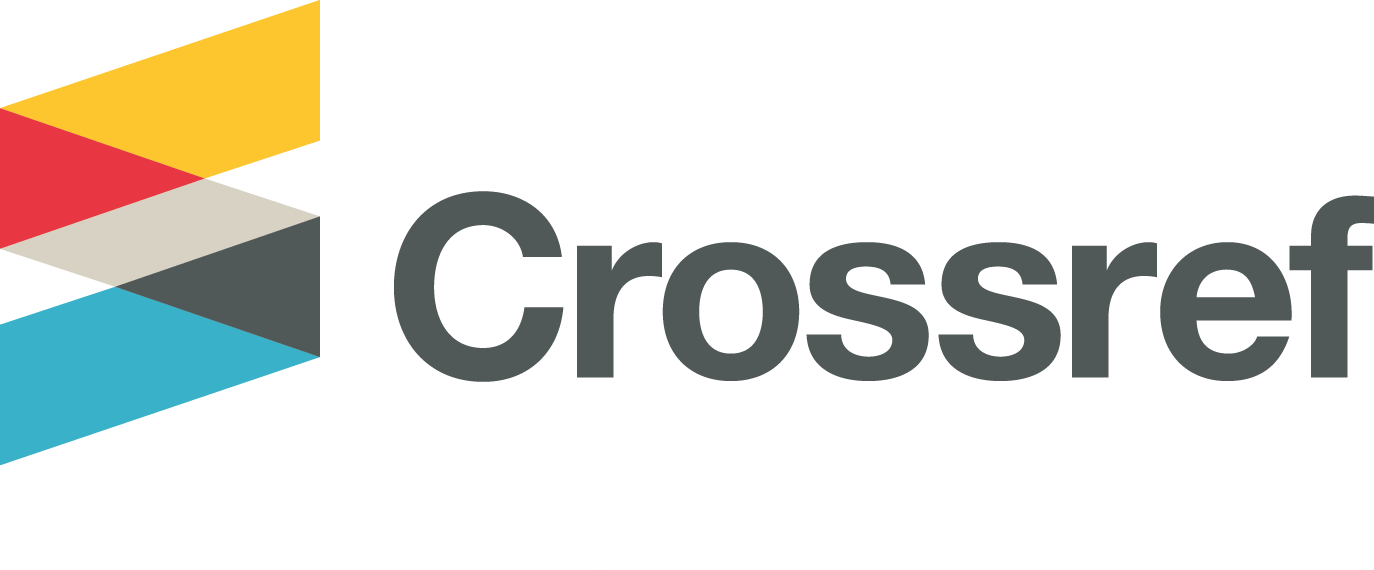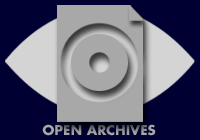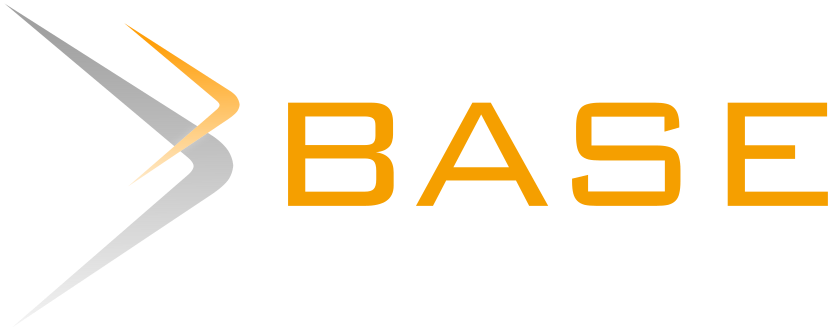MENALI Workshop to Improve Teacher Strategies for Teaching Preschool Children at Risk of Developmental Language Disorder (DLD)
Abstract
Developmental language disorder (DLD) is a disorder that affects children's language and/or speech abilities. The diagnosis of DLD usually appears at the age of 5 years and over, but signs of children at risk for DLD begin to appear at the age of 3 years or preschool years. Therefore, the teacher's role is needed in understanding and teaching preschool children at risk of DLD in teaching and learning activities. An intervention program in the form of a MENALI (Mengajar Anak dengan Resiko DLD) workshop was conducted at one of the kindergarten in West Jakarta to improve teacher teaching strategies for preschool children at risk of DLD. The results of the intervention show that this intervention has been shown to significantly improve teacher teaching strategies for preschoolers at risk of DLD. The results of the intervention follow-up also showed that there was progress in the language skills of preschoolers at risk of DLD.
Developmental language disorder (DLD) merupakan gangguan perkembangan bahasa yang mempengaruhi kemampuan berbahasa dan/atau berbicara pada anak. Diagnosis DLD biasanya muncul pada usia 5 tahun ke atas, namun tanda-tanda anak dengan resiko DLD mulai terlihat pada usia 3 tahun atau masa usia prasekolah. Oleh karena itu, diperlukan peran guru dalam memahami dan mengajar anak prasekolah dengan resiko DLD dalam kegiatan belajar mengajar. Sebuah program intervensi berupa workshop MENALI (Mengajar Anak dengan Resiko DLD) dilakukan di salah satu KB-TK di Jakarta Barat untuk meningkatkan strategi mengajar guru pada anak prasekolah dengan resiko DLD. Hasil intervensi menunjukkan bahwa program ini terbukti secara signifikan meningkatkan strategi mengajar guru pada anak prasekolah dengan resiko DLD. Hasil follow up intervensi juga turut menunjukkan bahwa terdapat kemajuan kemampuan berbahasa anak prasekolah dengan resiko DLD.
Keywords
Full Text:
FULL TEXTReferences
Allen, M.M. (2013). Intervention efficacy and intensity for children with speech sound disorder. J. Speech Lang. Hear. Res, 56, 865–877.
Aliyah, S., & Nurnajahah, H. (2022). Penggunaan Media Big Book Melalui Dialogic Reading Untuk Meningkatkan Keterampilan Berbicara Pada Anak Usia Dini Kelompok B Di Ra Manarul Falah Pakenjeng. Jurnal Pendidikan Islam Anak Usia Dini ( Anaking ), 1(1), 138–151.
Bayar, A. (2013). Factors affecting teachers’ participation in professional development activities in Turkey. Department of Philosophy, University of Missouri. Diakses 28 Maret 2023 dari https://mospace.umsystem.edu/xmlui/bitstream/handle/10355/37579/research.pdf?seq
Bishop, D., Clark, B., Conti-Ramsden, G., Frazer-Norbury, C., & Snowling, M. (2012) RALLI: An internet campaign for raising awareness of language learning impairments. Child Language Teaching and Therapy. 28: 259–62
Bishop, DVM, Snowling, MJ, Thompson, PA, Greenhalgh, T, and Catatalise-2 Consortium (2017) Phase 2 of CATALISE: A multinational and multidisciplinary Delphi consensus study of problems with language development: Terminology. Journal of Child Psychology and Psychiatry 58: 1068–80.
Cahyani, M. T. (2020). Hubungan Antara Frekuensi Mengikuti Pelatihan Dengan Tingkat Kompetensi Pedagogik Guru Paud Se-Kecamatan Simo, Boyolali Tahun 2020/2021. Fakultas Ilmu Tarbiyah, Institut Agama Islam Negeri Surakarta, Indonesia. Diakses 28 Maret 2023 dari http://eprints.iain-surakarta.ac.id/196/1/MAIMUNAH%20TRI%20CAHYANI%20%28163131001%29.pdf
Cristopulos, T. T., & Kean, J. (2020). General Education Teachers' Contribution to the Identification of Children With Language Disorders. Perspectives on Language Learning and Education Sig 1. 5(4), 770-777.
Cross, A. M., Joanisse, M. F., & Archibald, L. M. D. (2019). Mathematical abilities in children with developmental language disorder. Language, Speech & Hearing Services in Schools (Online), 50(1), 150-163. http://dx.doi.org/10.1044/2018_LSHSS-18-0041
Dawes, E., Leitão, S., Claessen, M., & Kane, R. (2019). A randomized controlled trial of an oral inferential comprehension intervention for young children with developmental language disorder. Child Lang. Teach. Ther, 35, 39–54.
Diaz-Williams, P. (2013). Using Movement Homework Activities to Enhance the Phonological Skills of Children Whose Primary Communication Difficulty is a Phonological Disorder. Ph.D. Thesis, Texas Woman’s University, Denton, TX, USA
Dockrell, J., Bakopoulou, I., Law, J., Spencer, S., & Lindsay, G. (2015). Capturing communication supporting classrooms: The development of a tool and feasibility study. Child Language Teaching and Therapy 31:271–86.
Fitriani, D.E., Fajriah, H., & Rahmita, W. (2019). Media Belajar Big Book dalam Mengembangkan Kemampuan Berbahasa Reseptif Anak Usia Dini. Jurnal Obsesi: Jurnal Pendidikan Anak Usia Dini, 4(1).
Gallagher, A. L., Murphy, C. A., Conway, P., & Perry, A. (2019). Consequential differences in perspectives and practices concerning children with developmental language disorders: an integrative review. International journal of language & communication disorders, 54(4), 529–552. https://doi.org/10.1111/1460-6984.12469
Glover, A., McCormack, J., & Smith-Tamaray, M. (2015). Collaboration between teachers and speech and language therapists: Services for primary school children with speech, language and communication needs. Child Language Teaching and Therapy, 31(3), 363–382.doi:10.1177/0265659015603779
Gravetter, F., & Forzano, L. A. B. (2018). Research methods for the behavioral sciences, sixth edition. In Research for Social Workers.
Hawa, V. V., & Spanoudis, G. (2014). Toddlers with delayed expressive language: An overview of the characteristics, risk factors and language outcomes. Research in Developmental Disabilities, 35(2), 400–407. doi:10.1016/j.ridd.2013.10.027
Hund-Reid, C. & Schneider, P. (2013). Effectiveness of phonological awareness intervention for kindergarten children with language impairment. Can. J. Speech Lang. Path. Aud, 37(1)
IDAI. (2013). Keterlambatan Bicara. Ikatan Dokter Anak Indonesia. Retrieved Februari 11, 2022, from https://www.idai.or.id/artikel/klinik/keluhan-anak/keterlambatan-bicara
International Classification of Disease. (2022). Developmental Language Disorder. Diakses 31 Mei 2022 dari https://icd.who.int/browse11/l-m/en#/http://id.who.int/icd/entity/862918022
I Can. (2021). Developmental Language Disorder A guide for every teacher on supporting children and young people with Developmental Language Disorder (DLD) in mainstream schools. United Kingdom. Available at https://ican.org.uk/media/3349/ican_dld_guide_final_aug4.pdf (accessed July 2022)
Laws, G., Bates, G., Feuerstein, M., Mason-Apps, E., & White, C. (2012). Peer acceptance of children with language and communication impairments in a mainstream primary school: associations with type of language difficulty, problem behaviors and a change in placement organization. Child Lang. Teach. Ther. 28, 73–86. doi: 10.1177/0265659011419234
Lloyd-Esenkaya, V., Russell, A. J., & St Clair, M. C. (2020). What are the peer interaction strengths and difficulties in children with developmental language disorder? A systematic review. Int. J. Environ. Res. Public Health 17:3140. doi: 10.3390/ijerph17093140
Lousada, M., Jesus, L.M., Capelas, S., Margaca, C., Simoes, D., Valente, A., Hall, A., & Joffe, V. L. (2013). Phonological and articulation treatment approaches in Portuguese children with speech and language impairments: A randomized controlled intervention study. Int. J. Lang. Comm. Dis. 48, 172–187.
Martono, W. C., Heni., & Karolin, L. A. (2018). Implementasi Model Pembelajaran Experiential Learning Sebagai Bagian Dari Program Sekolah Ramah Anak. Seminar Nasional dan Call for Paper “Membangun Sinergitas Keluarga dan Sekolah Menuju PAUD Berkualitas. ISSN: 2655-6189.
Maul, C.A., & Ambler, K.L. (2014). Embedding Language Therapy in Dialogic Reading to Teach Morphologic Structures to Children With Language Disorders. Communication Disorders Quarterly, 35, 237 - 247.
McGregor, K. K. (2020). How we fail children with developmental language disorder. Language, Speech & Hearing Services in Schools (Online), 51(4), 981-992. doi:http://dx.doi.org/10.1044/2020_LSHSS-20-00003
Mok, P. L. H., Pickles, A., Durkin, K., & Conti-Ramsden, G. (2014). Longitudinal trajectories of peer relations in children with specific language impairment. J. Child Psychol. Psychiatry Allied Discip. 55, 516–527. doi: 10.1111/jcpp.12190
Morrison, G. S. (2015). Early Childhood Education Today 13th Edition. England. Pearson Education. ISBN 978-0-133-43650-1
Nash, H. M., Hulme, C., Gooch, D., & Snowling, M. J. (2013). Preschool language profiles of children at family risk of dyslexia: Continuities with specific language impairment. The Journal of Child Psychology and Psychiatry, 54(9), 958–968. https://doi.org/10.1111/jcpp.12091
Norbury, C. F., Tomblin, J. B., & Bishop, D. V.M. (2008). Understanding developmental language disorders: From theory to practice. New York, USA. Psychology Press. ISBN 0-203-88258-X
Oktaviana, W., Warmansyah, J., & Trimelia Utami, W. (2021). The Effectiveness of Using Big Book Media on Early Reading Skills in 5-6 Years Old. Al-Athfal: Jurnal Pendidikan Anak, 7(2), 157-166. https://doi.org/10.14421/al-athfal.2021.72-06
Ralli, A.M., Kalliontzi, E., & Kazali, E. (2022). Teachers’ Views of Children With Developmental Language Disorder in Greek Mainstream Schools. Frontiers in Education. https://doi.org/10.3389/feduc.2022.832240
Ramsey, W. R., Bellom-Rohrbacher, K., & Saenz, T. (2021). The effects of dialogic reading on the expressive vocabulary of preschool aged children with moderate to severely impaired expressive language skills. Child Language Teaching and Therapy, 37(3), 279–299. https://doi.org/10.1177/02656590211019449
Santrock, J. W. (2014). Child Development (14th ed.). McGraw Hill Education
Roberts, M. Y., & Kaiser, A. P. (2012). Assessing the effects of a parent-implemented language intervention for children with language impairments using empirical benchmarks: A pilot study. J. Speech Lang. Hear. Res, 55, 1655–1670.
Roden, I., Früchtenicht, K., Kreutz, G., Linderkamp, F., & Grube, D. (2019). Auditory Stimulation Training With Technically Manipulated Musical Material in Preschool Children With Specific Language Impairments: An Explorative Study. Frontiers in psychology, 10, 2026. https://doi.org/10.3389/fpsyg.2019.02026
Sansavini, A., Favilla, M.E., Guasti, M.T., Marini, A., Millepiedi, S., Di Martino, M.V., Vecchi, S., Battajon, N., Bertolo, L., Capirci, O., et al. (2021). Developmental Language Disorder: Early Predictors, Age for the Diagnosis, and Diagnostic Tools. A Scoping Review. Brain Sci. 11, 654. https://doi.org/10.3390/brainsci11050654.
Smith-Lock, K. M., Leitão, S., Prior, P., & Nickels, L. (2015). The Effectiveness of Two Grammar Treatment Procedures for Children With SLI: A Randomized Clinical Trial. Language, speech, and hearing services in schools, 46(4), 312–324. https://doi.org/10.1044/2015_LSHSS-14-0041
Towson, J.A., Gallagher, P.A., & Bingham, G.E. (2016). Dialogic Reading. Journal of Early Intervention, 38, 230 - 246.
Urbani, J.M. (2020). Dialogic Reading: Implementing an Evidence-Based Practice in Complex Classrooms. TEACHING Exceptional Children, 52, 392 - 402.
What Works Clearinghouse (WWC). (2010). Early childhood education interventions for children with disabilities: Dialogic reading. Washington, DC: US Department of Education, Institute of Education Sciences, and National Center for Education Evaluation and Regional Assistance. Available at: https://ies.ed.gov/ncee/wwc/Docs/InterventionReports/wwc_dialogic_reading_042710.pdf (accessed July 2022)
Wilcox, M. J., Gray, S., & Reiser, M. (2020). Preschoolers with developmental speech and/or language impairment: Efficacy of the Teaching Early Literacy and Language (TELL) curriculum. Early Child. Res. Quart, 51, 124–143.
DOI: http://dx.doi.org/10.30872/psikoborneo.v11i2.11281
Refbacks
- There are currently no refbacks.
Copyright (c) 2023 Psikoborneo: Jurnal Ilmiah Psikologi

This work is licensed under a Creative Commons Attribution-ShareAlike 4.0 International License.
PSIKOBORNEO: Jurnal Ilmiah Psikologi Published by Faculty of Social and Political Siences, University of Mulawarman, Samarinda, East Kalimantan and This work is licensed under a Creative Commons Attribution-ShareAlike 4.0 International License.
________________________________________
PSIKOBORNEO: Jurnal Ilmiah Psikologi
Department of Psychology
Faculty of Social and Political Siences, University of Mulawarman
Jl. Muara Muntai Kampus Gn. Kelua Samarinda 75411
Phone: +62 813 35350368
E-Mail: psikoborneo@gmail.com / psikoborneo@fisip.unmul.ac.id




